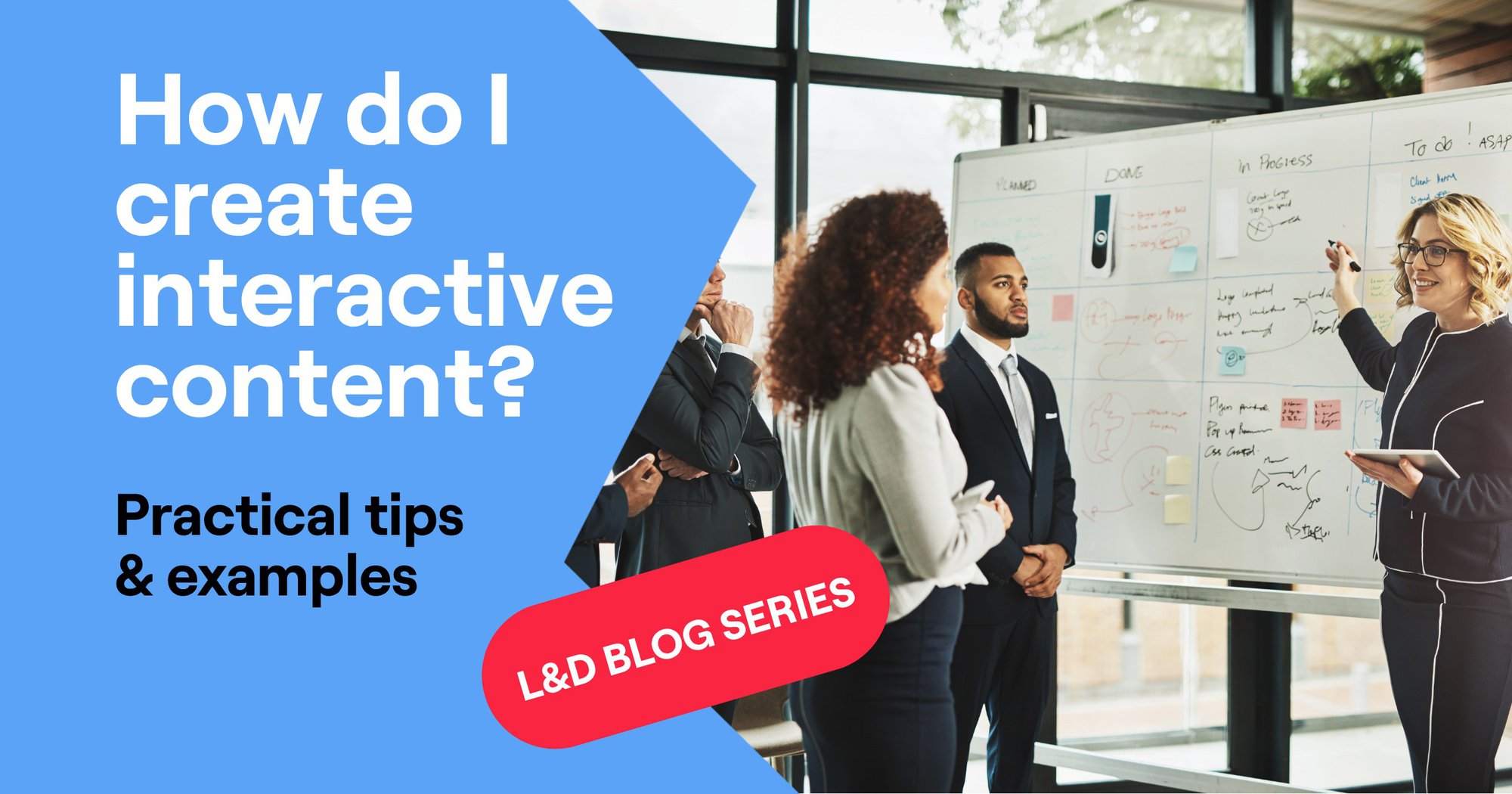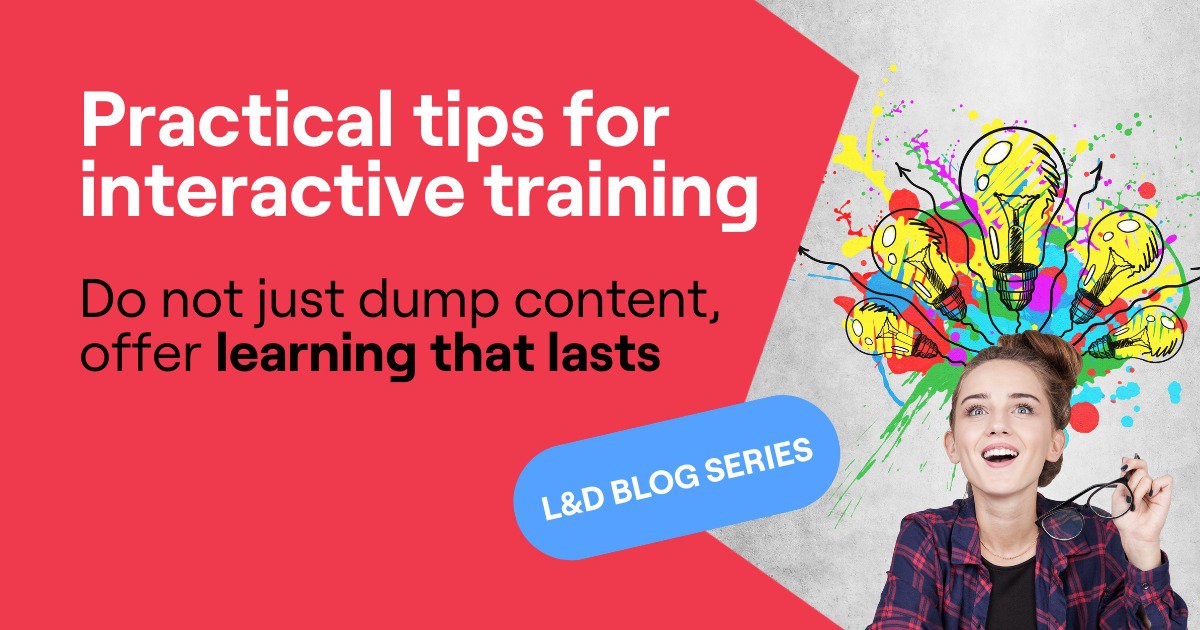DIY: Gamification for e-Learning + 3 essential tips
You've probably heard the term gamification before. But what is it exactly? And how can you apply it to your e-Learning program? In this Do It Yourself blog we will show you how and at the end we will give you 3 essential tips!
What is gamification?
Contrary to what the name might suggest, gamification is not about playing a game. Gamification involves adding game techniques to a non-game environment.
The purpose of gamification
Gamification is a way to motivate participants. At FLOWSPARKS we therefore also call it ‘motivational techniques’ where the participant is constantly challenged. A correct application of gamification in e-Learning contributes to:
- the intrinsic motivation;
- longer and more intensive involvement;
- enrichment of the learning experience;
- increasing learning efficiency.
8 examples of gamification in e-Learning
The possibilities of gamification are endless. The most common forms used in e-Learning already result in increased intrinsic motivation. Take a look at the following examples:
- Time limit: Let the participant answer a question from the test within a specific time. This motivates him to think quickly.
- Progress bar: Show the progress of an online learning program by means of a progress bar. This will motivate the participant to complete the modules and to continue learning.
- Score: Show the achieved score next to the maximum score to get the best result out of the participant.
- Levels: Level up! Everyone wants to move up, right? With a level system, you challenge people to go on to the next level.
- Badges: The distribution of badges or medals is an alternative to the scoring model. This technique is very suitable for "good-better-best" situations where the learner has to choose the best option in a practical situation.
- Score threshold: Show the minimum score the learner must achieve to proceed to the next module or level.
- Leaderboard: Show a leaderboard at the end of the program. This will help your employees bring out the best in each other for a higher ranking.
- Certificate: Although gamification is mainly about the process, it is certainly nice to end the learning process with a certificate as a reward!
3 essential gamification tips
Gamification tip 1: Don’t use your business goal as a motivator. Of course, you develop a learning program to reach certain business targets, but this is not the right way to motivate people to continue learning. Find the intrinsic motivation of your target group so that the participants achieve their personal goals during the learning process. This way, the learning program will not only be a ticking-off exercise but will also have the desired effect in practice. If the participants achieve their goals with the right mindset, your organisation will benefit directly.
Gamification tip 2: Help the participant move forward, even if they don’t succeed in one go. A learning process does not always go without a struggle. Therefore, don’t just focus on the success, but also motivate the participant to keep going when they don’t succeed right away. Add motivational texts, give feedback on the answers given or refer again to the theory. Pro tip: let the participant only earn points, and never lose. This way, he will keep going full of self-confidence and without frustration.
Gamification tip 3: Opt for interactive game elements. Go beyond a simple test and showing information. Learn from a video, in which the participant has to click on correct or incorrect actions, or tell a story in which he encounters various dilemmas. The possibilities for an e-Learning module are endless!
DIY: Gamification and FLOWSPARKS
New in FLOWSPARKS: Progress rewards as a motivation technique. A new feature in FLOWSPARKS is rewarding the participant as he completes more steps of an online learning path. This can be done with the help of progress reward like coins or stars. These can be earned by completing an e-Learning or by successfully carrying out certain actions. A participant can see his personal progress via a central meter. This meter shows the 'levels' or 'thresholds', within the program to achieve a certain rank which can be freely defined, such as bronze, silver, gold, and platinum. This form of gamification can stimulate the participant to master the knowledge faster.
Watch the webinar: Gamification for digital learning
Would you like to know how you can easily and quickly develop e-Learning with gamification yourself? Watch the short webinar where Customer Success Coach Christophe shows in just 15 minutes how you can do that with FLOWSPARKS. Watch here
About FLOWSPARKS
FLOWSPARKS is a flexible learning platform with an authoring tool and an LMS (Learning Management System). The authoring tool consists of formats, templates and programs. The formats use one didactic working form to reach a certain learning goal. Moreover, everything looks graphically perfect on any device. In this way, everyone within an organisation can develop e-Learning independently, quickly and easily. Together we create FLOW: Flexible Learning in an Online World.
.avif)
Are you looking to scale up your digital training efforts
inside your organization?
Schedule a demo and discover how FLOWSPARKS helps create and deliver engaging e-Learning experiences backed by strong instructional design principles in multiple languages without a hassle.
More interesting reads

.avif)
Adaptive learning technology explained: Benefits, examples and the 15 best platforms

.avif)
How do I create interactive e-learning content? 2025 tips & examples

.avif)
How to make e-learning interactive: 10 proven ways
Want to know how to make e-learning interactive? Explore 10 practical ways to keep learners engaged and transform training into lasting knowledge.